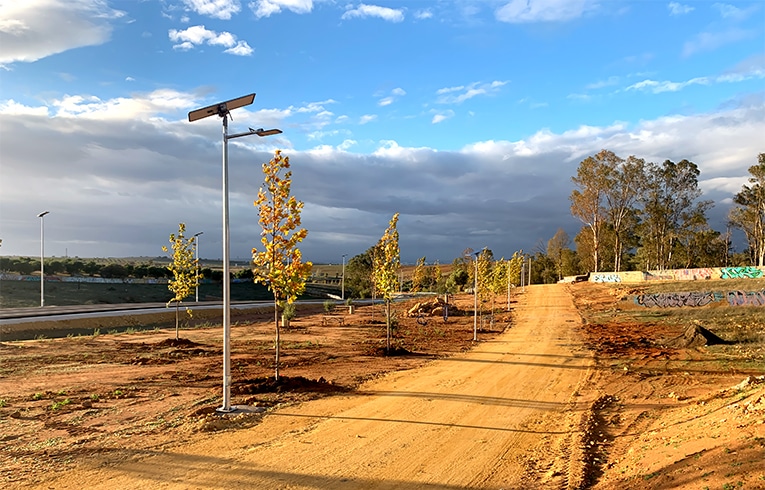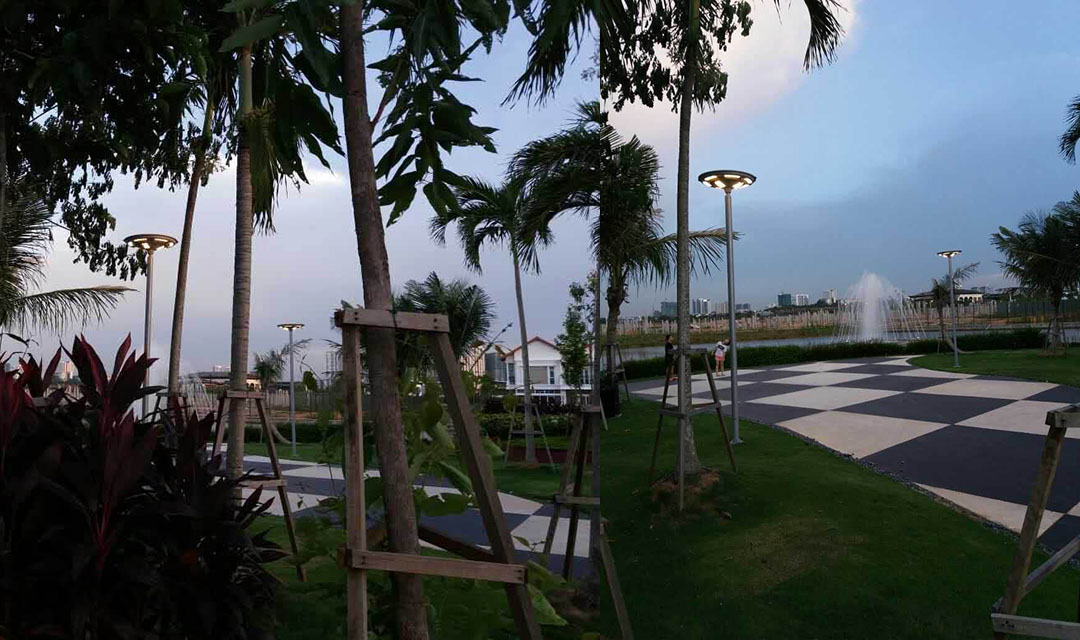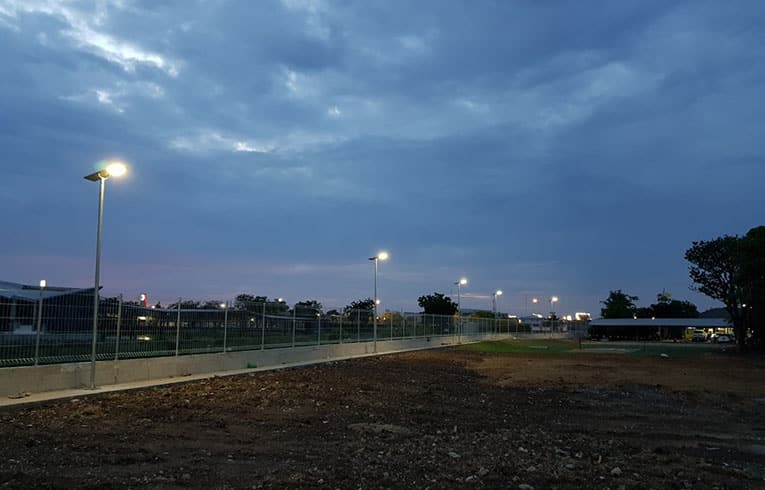Are you considering switching your home lighting system over to solar energy, but are unsure about the amount of sun available in your area? Solar power is increasingly becoming a popular choice for powering homes due to its environmental benefits and cost savings.
With careful research and consideration, homeowners can determine if there’s enough sun exposure in their area to make solar lighting an ideal investment for them. By reading this guide, you’ll be able to gain better insights into the amount of sunlight required for solar lighting as well as tips on how you can get the most out of it.
Sunlight Requirement:
Sunlight is a vital element when it comes to optimizing the charging capabilities of solar lights. It has been scientifically proven that these lights require around 6 to 8 hours of direct sunlight to attain their full potential, enabling them to function optimally throughout the night. This means that when situated in an area exposed to direct sunlight for this length of time, solar lights can charge their batteries to an appropriate level, ensuring that they are fully functional and emit their brightest shine throughout the evening and night.
It is necessary to note that the duration of sunlight hours required may alter depending on the climate or geographical location of the solar lights. Areas that are situated in higher latitudes may experience less daylight hours, thus requiring more extended levels of exposure to sunlight for optimal charging. Similarly, during the winter months where the days are shorter, the solar lights may need more time to charge.
It is also important to consider the quality and intensity of the sunlight that the solar lights are receiving. Direct sunlight is most effective in charging the lights, while indirect sunlight, such as that which passes through cloud cover, may lead to a delay or reduction in the optimal charging levels. Furthermore, the direction of the light source is incredibly essential, as solar lights need to face in a direction with maximum sunlight exposure for optimal charging.

Performance in Shade:
Solar lights are a popular outdoor lighting solution due to their energy efficiency and sustainability. However, they are heavily reliant on the sun’s energy. It is imperative to note that the efficacy of solar lights is highly dependent on the amount of sunlight they receive. Generally, the amount of electricity that the photovoltaic cells generate is directly proportional to the sun’s intensity and duration of exposure.
In shaded areas, the performance of solar lights might be compromised due to the reduced light exposure. This could lead to a decrease in overall brightness, shorter operating times, or the complete failure to function. The photovoltaic cells in solar lights require as much sunlight as possible to charge effectively and store energy throughout the day.
It is important to understand that not all solar lights are created equally, and their effectiveness will vary depending on the manufacturer’s specifications. Some models may be specifically designed to produce adequate lighting in shaded areas, whereas others may not perform as well. It is crucial to research and select solar lights that are best suited for the intended area of use.

Performance on Cloudy Days:
While direct sunlight is the most efficient way for solar panels to charge, solar lights can still absorb energy on cloudy or overcast days. The photons from the sun’s rays are still present on cloudy days, although in diminished form. This means that solar panels are still able to convert the energy from sunlight into electrical energy, albeit at a lower rate than on a sunny day.
Moreover, there are many types of solar panels that are designed to function in less-than-ideal conditions. For instance, some solar panels are coated with materials that enhance their ability to absorb even the slightest rays of sunlight. Others incorporate sophisticated software that adjusts the panel’s position relative to the sun’s angle, thereby optimizing the amount of energy that is captured.
It is worth noting that while solar lights can charge on cloudy days, the duration of illumination may be shorter than on a sunny day. This is because less energy is being captured, so the battery may not be fully charged. However, this should not deter you from relying on solar lights to illuminate your outdoor spaces. The fact that they can charge on cloudy days means that you can still enjoy the benefits of renewable energy even when the sun isn’t shining as brightly.

Sunlight Timing:
Sunlight timing plays a crucial role in determining the efficiency of solar panels. The early morning sunlight is considered the most advantageous since it has high intensity and brightness, which results in a higher electrical output from the solar panels. This is because the angle of the sun’s rays during the early morning is more direct, which allows the panels to capture and convert more of the sunlight into energy.
Moreover, early morning sunlight has a lower angle of incidence compared to the midday sun. This means that it covers a larger area of the solar panel surface, which results in more efficient energy production. Additionally, the lower temperatures during the early morning hours contribute to an increased energy output, since heat can reduce the energy conversion efficiency of the panels.
Early morning sunlight provides a consistent energy source, which ensures an uninterrupted electrical supply. During the daytime, sunlight intensity varies due to factors such as cloud cover, atmospheric conditions, and the sun’s position. However, early morning sunlight has predominantly stable and optimal conditions for solar energy production, making it a more reliable and consistent source of renewable energy.
In conclusion
The amount of sun in your area is an important factor to consider when choosing solar lighting. Sunlight intensity, longevity, and timing all can affect how well your solar lights will perform for you. Even if you’re not situated in a sunny location, there are still solutions available to find the right amounts of consistent light. For more information on sourcing quality solar lighting for your specific area, we highly recommend contacting our product managers; they can provide you with professional advice and tailored solutions that meet your needs.
Don’t forget that we’re here to help – so don’t hesitate to get in touch with us! With the help of our knowledgeable team, you can rest assured that you’ll be able to find suitable solar lighting for any environment. Don’t forget that when it comes time to choose sustainable and reliable lighting: Contact our product managers for more professional sourcing solutions!
Table of Contents